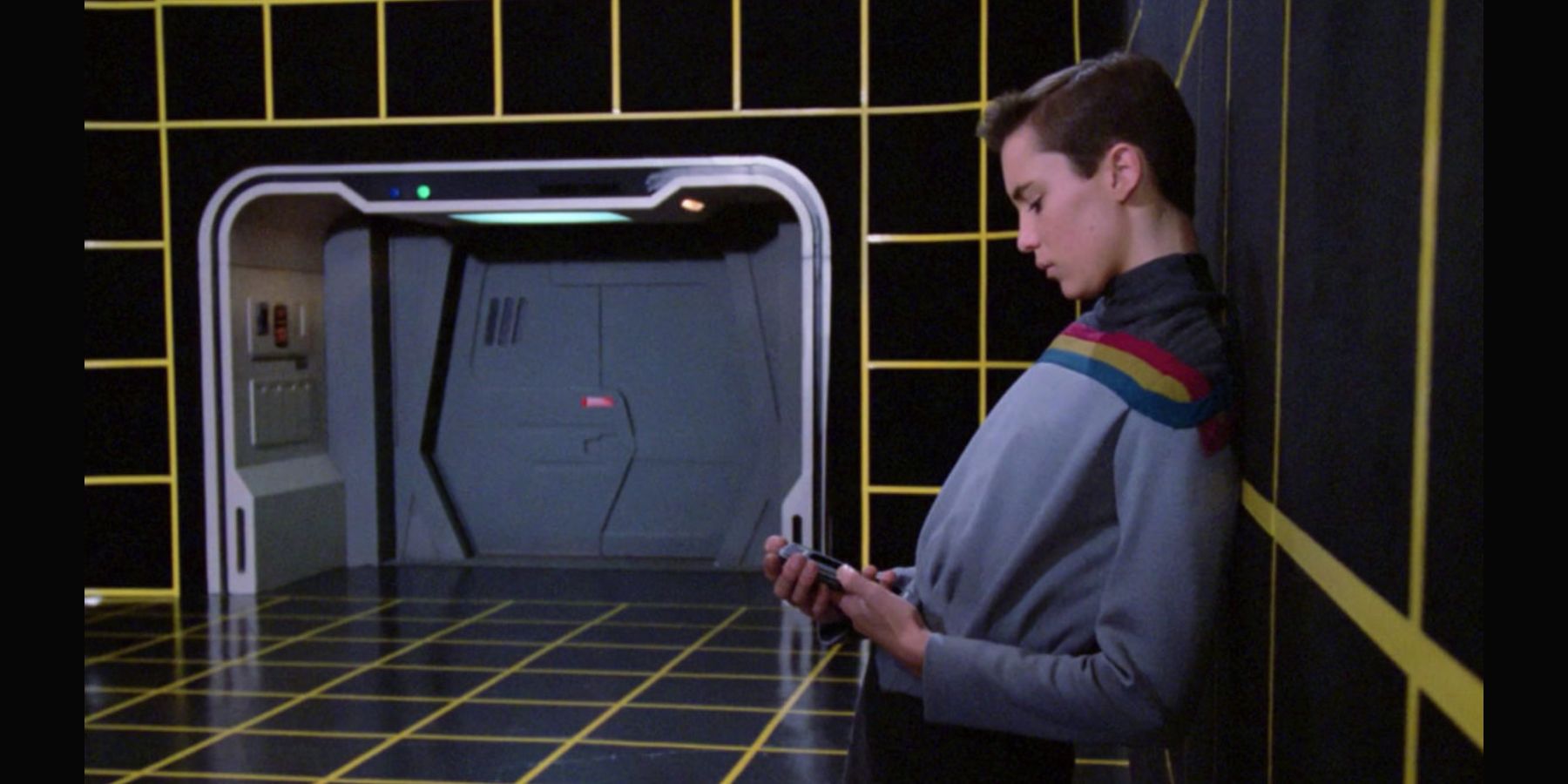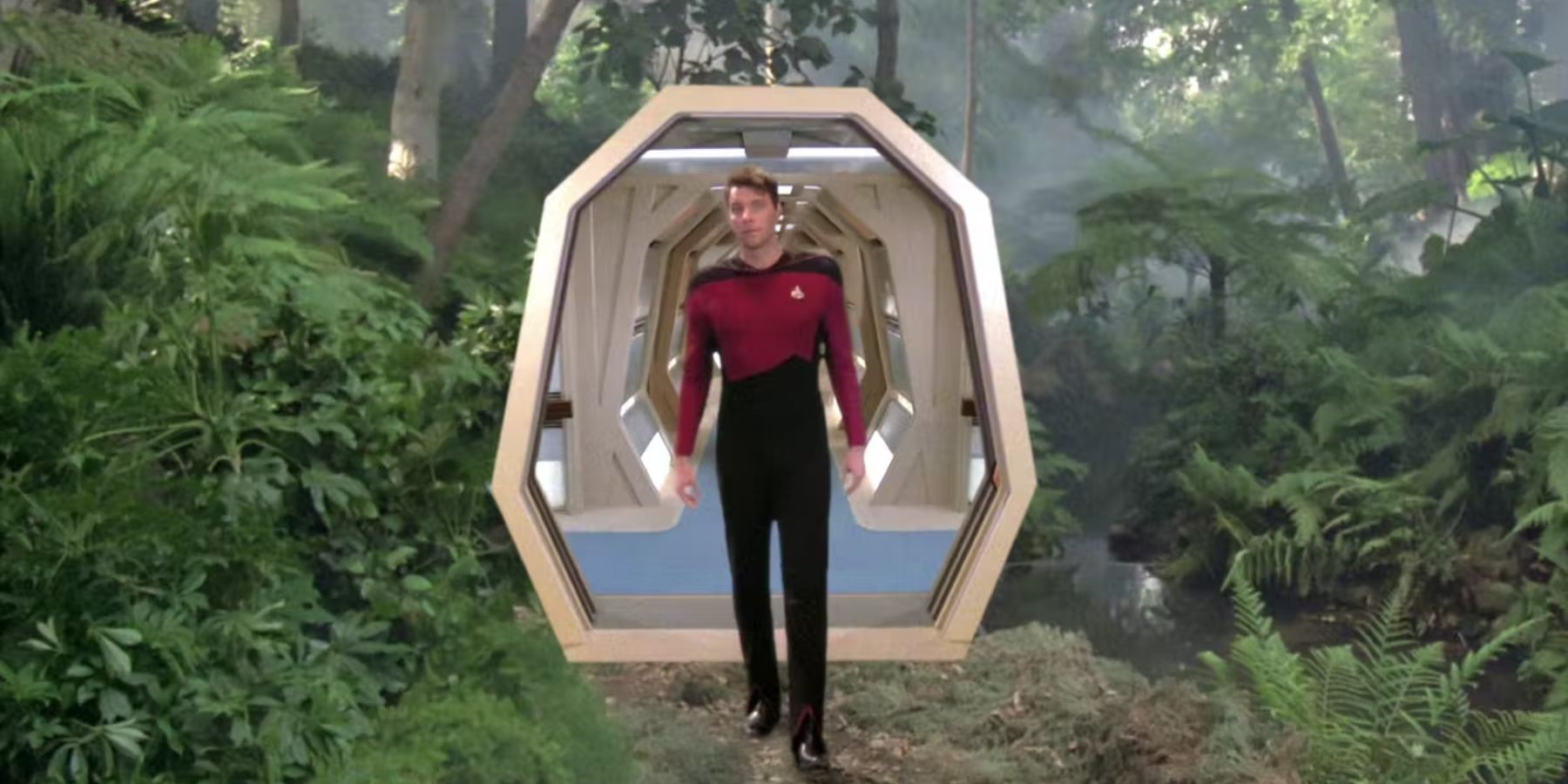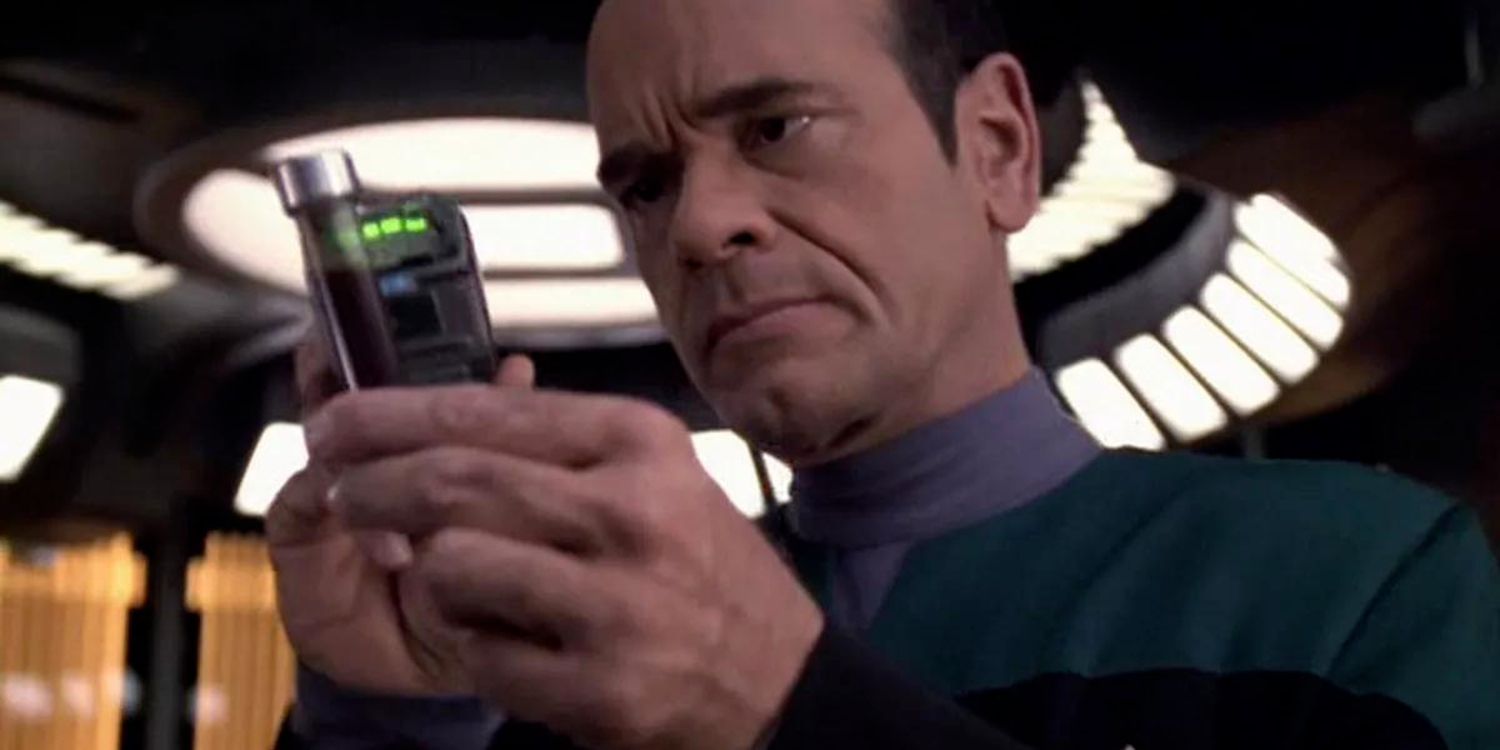In the wild and wonderful world(s) of Star Trek, one of the biggest core elements has to be the futuristic technology dreamed up by the creative writing team. While the majority of these seem unachievable, some of them have actually steered the creation of technology that people now use on a near-daily basis.
Of all the incredible things Star Trek has shown, none is potentially more alluring and incredible than that of the holodeck. This seemingly impossible creation acts as the cornerstone for many TNG plot lines. But how exactly is this tech supposed to work?
While the holodeck is an incredible piece of technology, it is really more of a plot device than an actual fully functioning, and fictionally scientific creation. This is in contrast to something like the franchise's warp drive, which is totally fictional, but it has a solid grounding in fictional science. The warp drive can be explained (granted, using made up concepts, materials, and science). It makes sense within the universe. Holodecks, much like transporters, have never been fully explained, and often they conflict with other previously stated information provided with the audience. This is often the way with such a massive universe like Star Trek, which has had multitude of writers over the course of multiple decades.
The holodeck is, conceptually, a fairly simple bit of kit. It allows the users to fabricate any environment and situation their mind can dream up (or more accurately, that their hands can code). It is primarily a form of entertainment. While it can be used for training exercises to test real life situations and scenarios, its main purpose is to allow crew members to unwind and have fun. It can be used to create relaxing spas, Olympic stadiums to work out in, and most importantly for the writers, to dream up wacky situations for the protagonists to come up against. The heroes of the show have battled holodeck foes such as holographic Moriarty's and space Nazis. These are obviously less relaxing for the crew, often putting them in real peril. But as a foundation for an entertaining episode, the holodeck is the perfect bouncing board.
There are four primary cornerstones for how the holodeck works. The most important of these is the hologram itself. Throughout the years, Star Trek has had fun playing around with the idea of holographic lifeforms, and whether they can gain sentience or actually be ‘alive.’ But for the fundamentals of the holodeck, these holograms are much more simplistic. Unless tampered with, they are usually lacking in the sentience department. They are 3-dimensional images controlled by the holodeck computer, wrapped in a type of force field that simulates the feeling of physicality. The EHD (Emergency Holographic Doctor) from Voyager, while a much more complex hologram, works on the same fundamentals. He can deactivate his force field to allow objects and others to pass straight through him. Holograms are not inherently physical; they are more like a highly intricate assortment of light.
The second important element of a holodeck is the AI. This is the computer intelligence (much more advanced than ones found today) that creates the holodeck simulations. While more complex simulations require a person to write out the code and script, most of the time, the computer is able to create stories, situations, environments, all from the simple verbal commands of its user. It can take these commands and create an entire program based upon often vague suggestions. There is also primitive (at least, primitive for the minds of the future) AI found within the holograms, giving them their character and allowing them to react naturally to whatever the holodeck does. This is where things often get dicey, with the AI becoming self-aware under specific circumstances.
The built-in replicator is also an important element of the holodeck. Most of the objects found within the simulation are just holograms (like furniture and tools). However, some are actually physical, real things. Food and drink is a prime example of this. Users can eat using holographic plates, knives and forks, on a dining table made from light, but actually consume real, nutritious, and tasty food. It’s the same technology used for the replicators elsewhere on the ship, able to create any non-living object.
Finally, the holodeck also uses a combination of treadmills (though that name makes them sound far more rudimentary than they are) and blended light to give the illusion of distance. The holodeck itself is fairly small. While distance can be fabricated easily using holograms, actually walking off into the sunset for miles and miles is only possible using the treadmills built into the floor of the space. The user would largely remain in the center of the room, with the holographic simulations moving around them. If there is more than one person using the holodeck at once, then, upon spreading out, they are sectioned into their own, smaller holographic space.
While these are fundamentals of how the holodeck works, It's impossible to go into any real depth into the fiction technology, and exploring how exactly the computer is able to create the simulations. If it were, maybe holographic technology might be something possible today. But as it stands, the writers have never been able to flesh it out properly. Perhaps as more and more Star Trek programs are added to the franchise, and the universe continues to be fleshed out by programs such as Discovery, Picard and Strange New Worlds the technology will finally be given a proper scientific grounding. But until then, it remains one of the best, and most desirable, examples of science fiction ‘magic’.




.jpg)